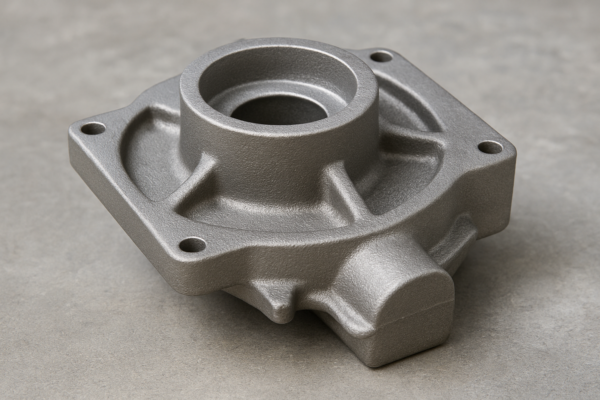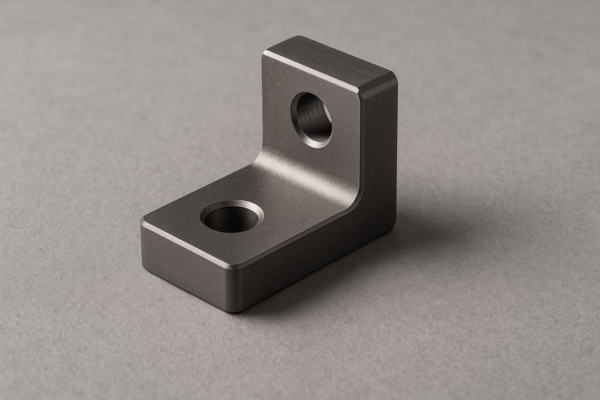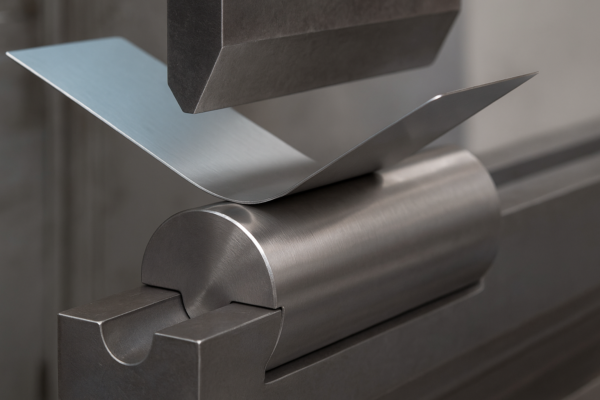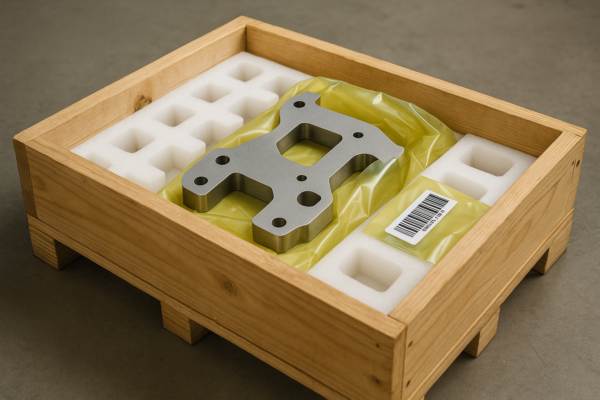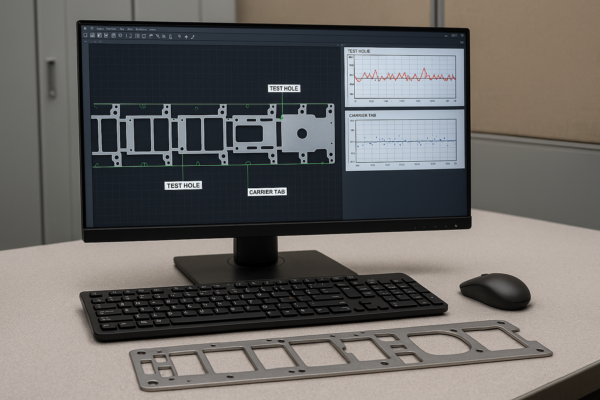How do you identify plastic parts?
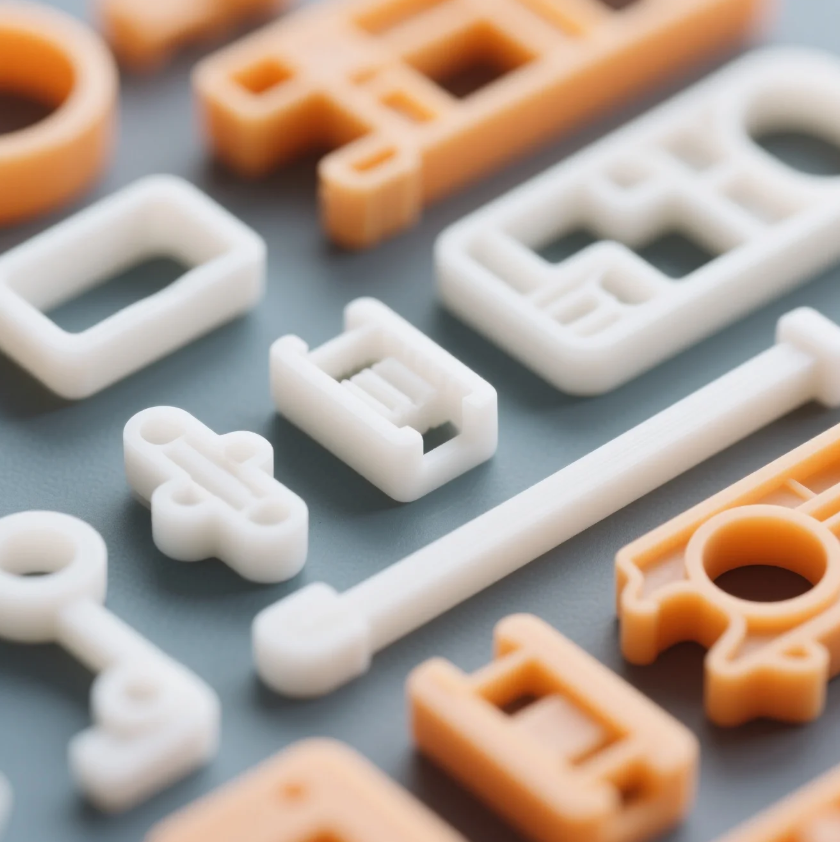
Plastic parts are everywhere, but identifying them can be tricky. Are you unsure which plastic material you’re dealing with? In this guide, we’ll explore easy methods to help you identify plastic parts and understand the material’s properties, saving time and effort.
Identifying plastic parts can be challenging, but with the right methods, it becomes straightforward. Knowing the type of plastic you’re dealing with ensures you choose the correct material for your project. Here, we’ll provide clear solutions for identification.
With over 20 years of experience at Prime, we’ve helped thousands of clients find the right plastic parts for their needs. Our knowledge of materials, alongside our strict quality controls, ensures our plastic products always meet industry standards. Let’s dive into the most reliable methods for identifying plastic parts!
What is the easiest way to identify a plastic part?
Plastic identification can be a challenge without proper knowledge. The easiest way to identify a plastic part is by using a combination of visual inspection, touch, and, when possible, specific tests. Look for any labels or markings that indicate the type of plastic used.
Snippet paragraph: The easiest method is visual inspection combined with touch. Look for any visible markings or labels on the part that indicate the type of plastic used.
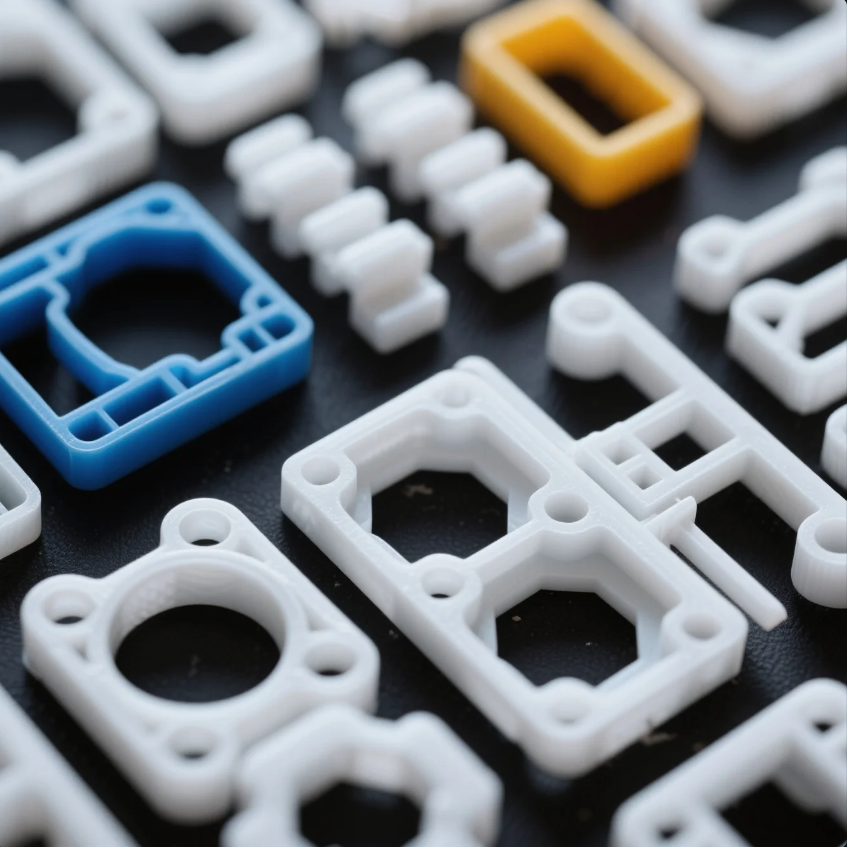
Visual Clues and Markings
Many plastic products feature standardized codes, such as the recycling symbol. These codes can give you a clear indication of the plastic type. For example:
- PET (Polyethylene Terephthalate) – Often found in bottles
- HDPE (High-Density Polyethylene) – Common for rigid containers
- PVC (Polyvinyl Chloride) – Used in pipes and flooring materials
If no code is visible, the appearance and texture of the plastic can give further clues.
Touch and Flexibility
Another simple way to identify plastic parts is by touching and bending them. Some plastics are flexible and soft, while others are rigid and hard. For example, PP (Polypropylene) is known for being flexible, while ABS (Acrylonitrile Butadiene Styrene) is much harder and more durable.
How are plastic products identified?
Plastic products are usually identified using a combination of their characteristics, labels, and even specific tests. The most common method is the use of the plastic identification code, which categorizes plastics by their chemical composition.
Snippet paragraph: Identifying plastics involves looking at specific codes, labels, and using basic tests. The plastic identification code system is the most reliable method.
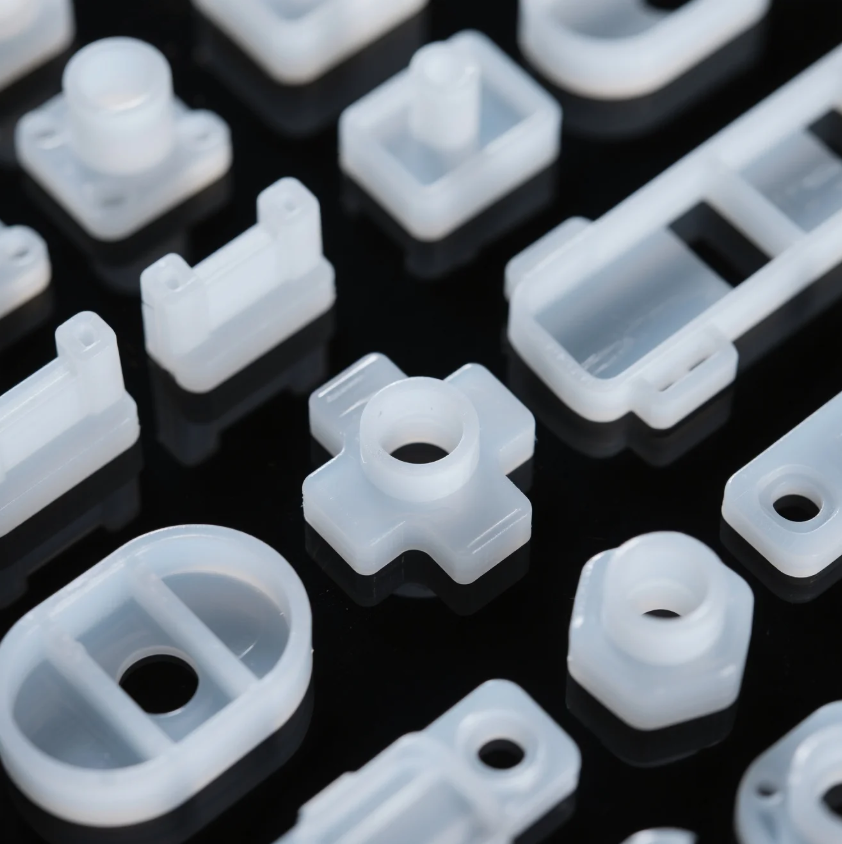
Plastic Identification Code
The plastic identification code is a numerical system used to identify plastics. Each number corresponds to a specific plastic resin. Here are some key codes:
- 1 – PET or PETE (Polyethylene Terephthalate)
- 2 – HDPE (High-Density Polyethylene)
- 3 – PVC (Polyvinyl Chloride)
- 4 – LDPE (Low-Density Polyethylene)
- 5 – PP (Polypropylene)
This code is often printed on the plastic products themselves, particularly bottles and containers.
Burning Test
A simple test you can perform is the burning test. When you burn a small piece of plastic, each plastic type will burn differently. For example, PVC will produce a chemical smell and produce black smoke, while polyethylene will burn with a steady flame and little smoke.
What are the simple methods for identification of plastics?
Simple methods for identifying plastic materials include tactile and visual inspection, using the recycling codes, and performing the burn test. These methods are effective and easily accessible.
Snippet paragraph: For simple identification, tactile tests and visual checks like recycling codes can offer quick answers. The burn test is another simple method to confirm material.
Recycling Codes
As mentioned earlier, recycling codes are a great first step in identifying plastic. These numbers, typically inside the recycling symbol, help distinguish the material used. It’s one of the most reliable and easiest methods to identify common plastic types quickly.
Flexibility Test
To differentiate between flexible and rigid plastics, simply try bending the part. Plastics like PP (Polypropylene) or PVC are relatively rigid, while materials like LDPE (Low-Density Polyethylene) are more flexible and bendable.
Surface Appearance and Feel
Plastic surfaces can differ greatly. Polystyrene (PS) has a smooth surface that feels relatively cool to the touch, while acrylic has a glossy finish. The way a plastic part feels when touched can also help you identify it.
How to determine plastic material?
Determining the exact material of a plastic part requires a deeper understanding of its properties, such as density, hardness, and thermal characteristics.
Snippet paragraph: To determine plastic material, examine its physical properties. Key characteristics like hardness, density, and thermal resistance are critical in this process.
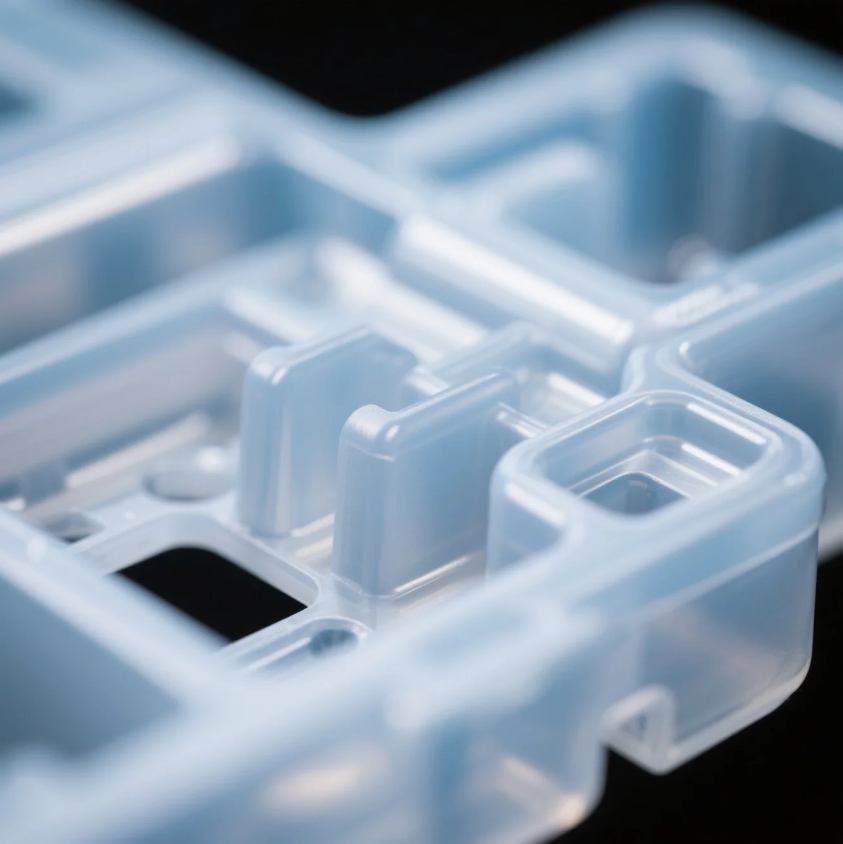
Density Test
The density test involves comparing how a piece of plastic sinks or floats in water. For example, PP (Polypropylene) is less dense than water and will float, while PVC is denser and will sink.
Hardness Test
A hardness test involves pressing a known hard object against the plastic and observing how easily it gets scratched. Softer plastics like LDPE will scratch easily, while harder plastics like ABS resist scratching more effectively.
Thermal Resistance
Testing a plastic’s resistance to heat can also give valuable insights into its type. For instance, Teflon (PTFE) remains stable at high temperatures, while materials like PVC can degrade with heat exposure.
Conclusion
By using simple tests and observing visual clues, you can easily identify the plastic material of a part. At Prime, we specialize in high-quality, customizable plastic parts and are ready to help you find the right solution for your needs. Contact us today for a quote, and let our experienced team guide you to the perfect plastic part for your application.

